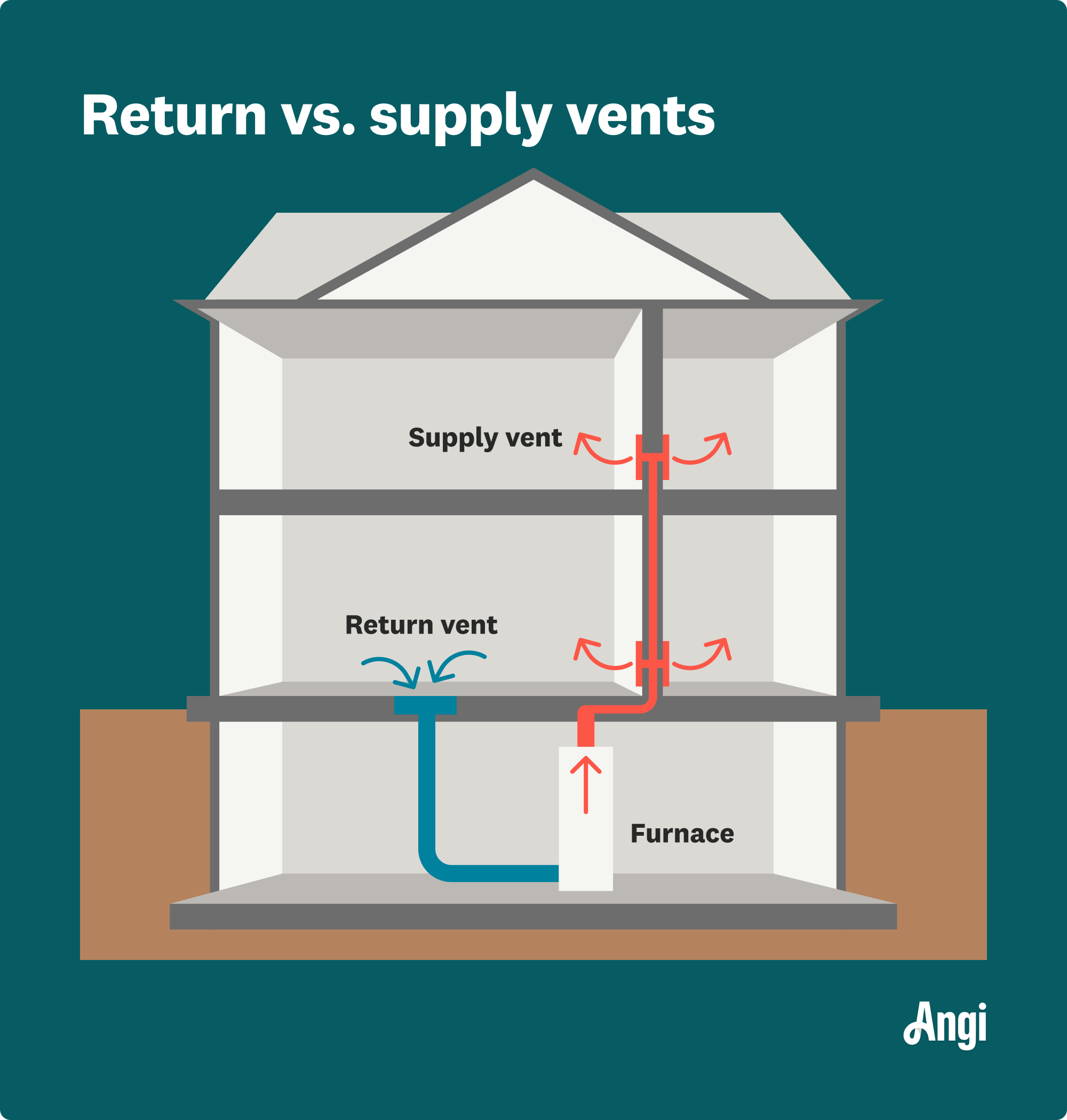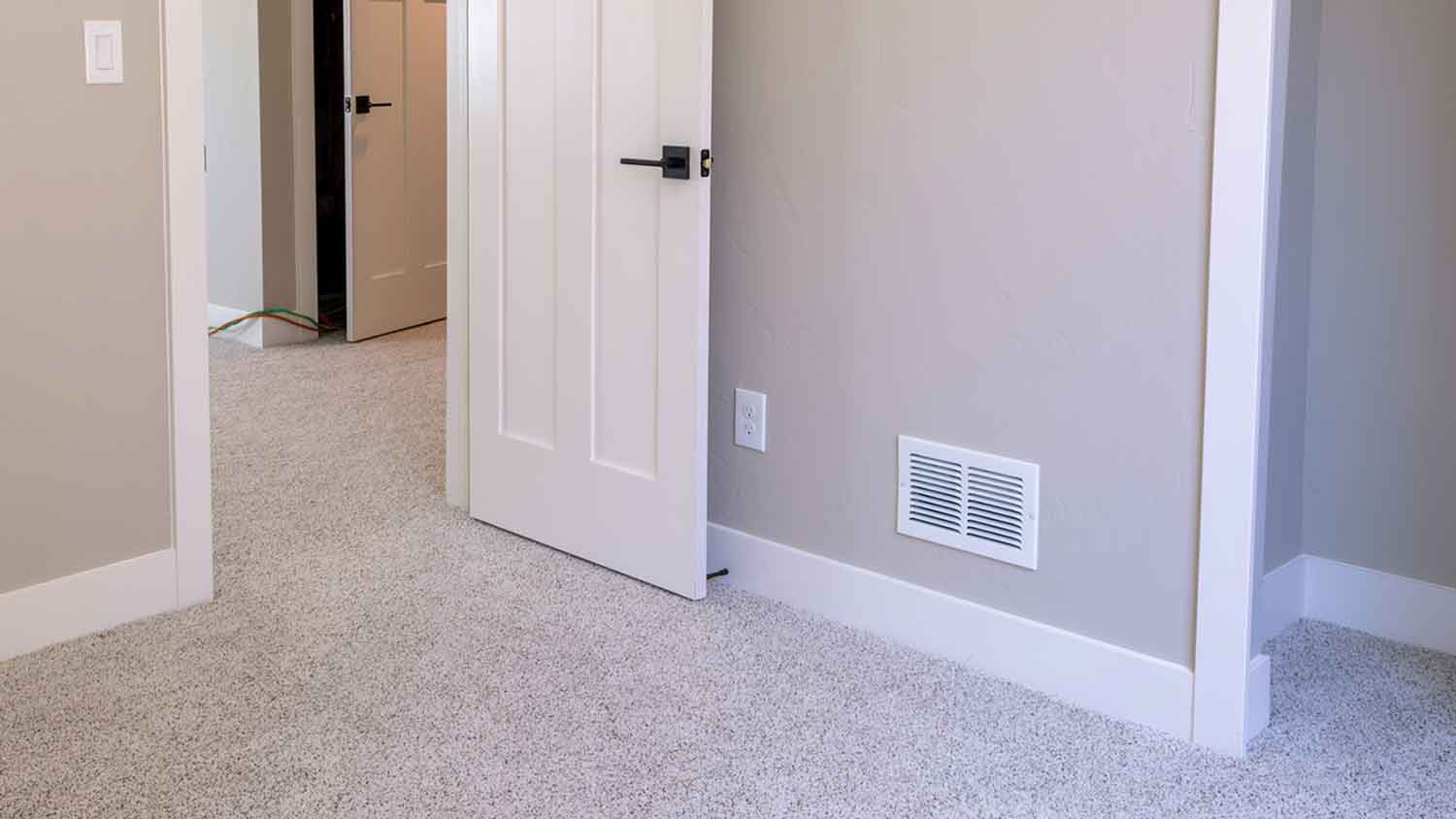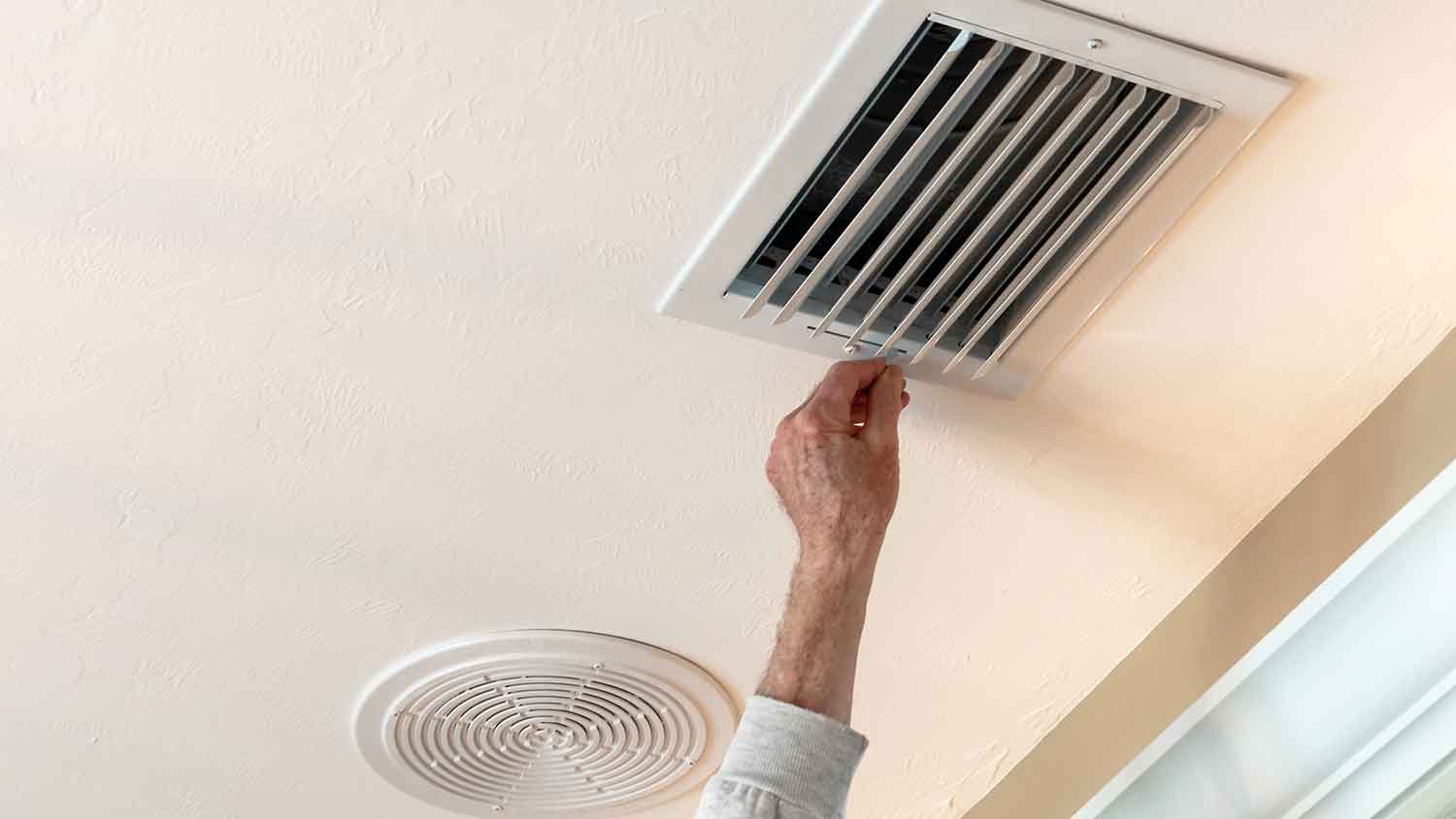
The average boiler installation cost depends on size, system type, and other factors. Keep reading to learn the cost of a new boiler in Los Angeles, CA.
Central air goes back whence it came (but through a different vent)


Supply air is the air pushed into your home from the air ducts.
Return air is the air pulled back into the ducts.
You’ll feel a breeze by a supply vent (but not by a return vent).
There's no such thing as too much return air.
Understanding how your air ducts work can be daunting. If your home has central air and heating, then you have both return and supply air. Return and supply air vents function differently so that your home doesn’t feel like an igloo or a sauna. We’ll clear the air on the differences between return versus supply air.
The air that circulates in your home uses ductwork and vents. The supply vent pushes air into your home after your HVAC system conditions it. The return vent pulls stale air into the ducts so that it can be conditioned and then pushed back out. This process loops endlessly so long as your HVAC system is in working order.
| Type of Difference | Supply Air | Return Air |
|---|---|---|
| Typical location | High wall or ceiling | Low, near floorboard |
| Vent size | Medium | Large |
| Additional filter | None | Recommended |
| Feeling | Blowing | Suction |
| Slats | Yes | No |

These are the easiest ways you can tell the difference between supply and return air vents.

Vent location can vary. It depends on your home’s age, layout, the climate where you live, and the age and condition of your HVAC system.
It's normal to find supply vents on high points of the wall or the ceiling and return vents near the floorboards. This is simply because hot air rises while cool air sinks, and ductwork is designed to heat and cool as needed. If air conditioning is a bigger priority over heating, you might see the vents closer together. But for most homes, the supply vent is placed much higher.
The air being pumped in disperses more effectively by "skipping" across the ceiling. It’s like smoothly spreading softened butter on toast, whereas a lower supply vent would be more like tearing the toast with hard butter. It would also be annoying if everyone indoors could feel the airflow moving if the supply vent was closer to most peoples’ heights.
Return vents tend to be placed closer to the floor, especially in colder regions. Some return vents are even recessed into the floor, resembling a grill. They scrape excess butter off that toast so that you aren’t left with a mess. There’s no such thing as too many return vents because they can specifically take cold or hot air back in, depending on which element you’re using.
Your local duct installer can help you determine the best location for your supply and return vents. This conventional wisdom on vent location may apply to your home, or you might need them closer together.
Return vents are bigger than supply vents. This is because there are far more supply vents in most HVAC systems. In order to be effective at sucking stale air back into the ducts, return air needs bigger vents.
Older HVAC systems rely on one return vent in a central part of the home, as this was the norm before central air. You can retrofit your system to add new return vents in more rooms, or you can use the single return vent by keeping the doors open for proper circulation. Make sure that the return vent isn't blocked.
Don't close vents in unused rooms because it can strain your HVAC system. Keep your large return vents open so that the air can keep circulating. It will retain a high air quality while keeping your ducts in great shape.
HVAC systems already have filters in the AC component that help purify the air. These filters need to be regularly cleaned and replaced when necessary. Pets, shelves teeming with dust, and dusty climates put additional strain on these filters. This means that some households require more frequent filter cleaning and changes.
If certain rooms are prone to producing lots of dust and particles, like a home art studio or area where your pets regularly play, return vent filters can vastly improve air quality. These filters don't need to be installed in every return vent. Nonetheless, adding them to areas that gather unusually large amounts of dust and debris is an excellent precaution that keeps your ductwork clean and functional.
Supply vents don’t need additional filters because the air has already gone through filtering and conditioning internally.
This is the easiest way to find out if you have a supply or return vent. If you put your hand near it, do you feel a breezy sensation? If you put a piece of paper near it and it’s pushed away from the vent, then that’s definitely your supply vent. If you put your hand or paper near the vent and feel it being drawn toward the vent like a magnet, that’s a return vent.

If the vent has vertical slats that you can move, it’s a supply vent. The slats help control the airflow, just like when you move the little ones on a car’s dashboard. If it’s too cold in the room but raising the temperature makes it too hot, you can move the slats to your liking.
While not all supply vents have slats, return vents never have slats.
From average costs to expert advice, get all the answers you need to get your job done.

The average boiler installation cost depends on size, system type, and other factors. Keep reading to learn the cost of a new boiler in Los Angeles, CA.

What you’ll pay in Los Angeles for furnace repairs depends on many factors. Here’s a breakdown of what can go wrong and the cost to fix those issues.

Discover the factors influencing air duct replacement costs in Los Angeles, CA. Learn how to save money and make an informed decision for your home's comfort.

There are few things more important to homeowners than keeping their AC systems running. Use this guide on AC leak repair to keep your home cool and comfy.

A central humidifier can make dry winter air more comfortable indoors. Before your installation, discuss these whole-house humidifier questions with a pro.

Ductwork losing energy? Here are six duct sealing methods that will help you get some big savings on your monthly energy bills.